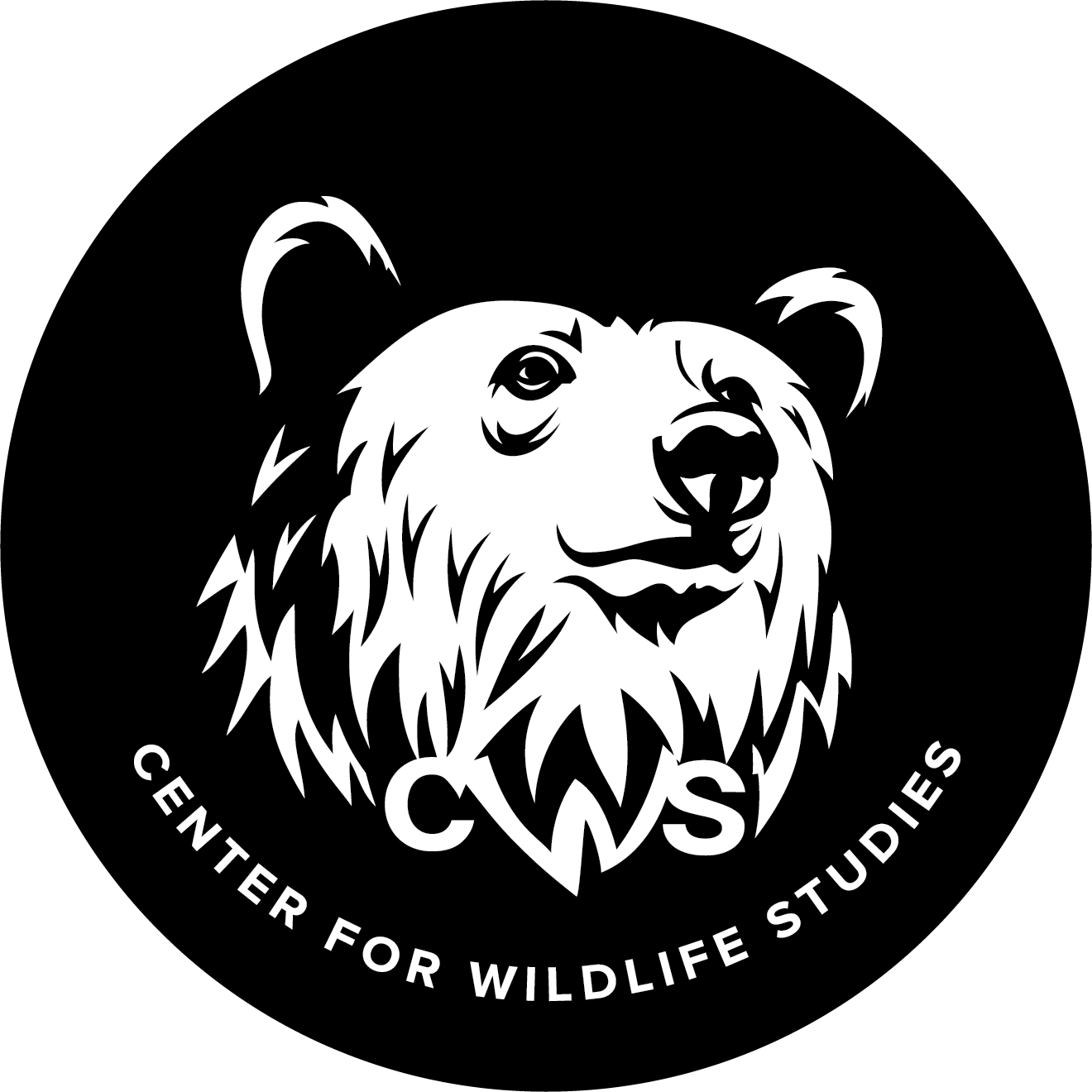Dr. Josh Harrison
Instructor, Center for Wildlife Studies
Ph.D. Ecology, Evolution and Conservation Biology, University of Nevada, Reno
B.S. Environmental Science, minor in mathematics
Josh is a computational biologist with a background in microbial ecology, plant-insect interactions, and evolutionary biology. Currently, he works in the private sector as a data scientist and bioinformatician. His academic research often involved next-generation sequencing and, when possible, field work. He has a particular affinity for butterflies, fungal endophytes, and rare plants.
Prior to joining the private sector, Josh conducted his postdoctoral research at the University of Wyoming where we developed wet and dry lab methods for microbiome analysis. He has extensive botanical experience, including managing the botanical side of restoration ecology projects in Oregon with the Long Tom Watershed Council and conducting botanical work for the U.S. Forest Service, Bureau of Land Management, and the Institute for Applied Ecology in Oregon and California.
-
Reproducible Research Techniques for Scientific Computing
-
C. J. Hubbard, J. G. Harrison, R. McMinn, J. Ponsford-Bennett, L. Maignien, B. Ewers, C. Weinig. Rhizosphere microbial community composition shifts diurn- ally and in response to natural variation in host clock phenotype mSystems (DOI:10.1128/msystems.01487-21)
D. Nielsen, J. G. Harrison, N. Byer, T. Faske, T. Parchman, W. B. Simison, M. Matocq. The gut microbiome reflects ancestry despite dietary shifts across a hybrid zone. Ecology Letters (DOI:10.1111/ele.14135) 2022
J. G. Harrison, C. A. Buerkle. The abundances and occurrences of foliar microbes are poorly pre- dicted by variation in plant traits and abiotic conditions. biorxiv (DOI:10.1101/2022.05.20.492878)
S. A. Yoon, J. G. Harrison, A. Smilanich, M. L. Forister. Experimental removal of extracellular microbes has long-lasting effects for larval performance Functional Ecology (DOI:10.1111/1365-2435.14184)
Z. Gompert, T. Saley, C. Philbin, S. A. Yoon, E. Perry, M. E. Sneck, J. G. Harrison, C. A. Buerkle, J.A. Fordyce, C. C. Nice, C. Dodson, S. L. Lebeis, L. K. Lucas, M. L. Forister Additive genetic effects in interacting species jointly determine the outcome of caterpillar herbivory. Proceedings of the National Academy of Sciences (DOI:10.1073/pnas.2206052119)
E. DeWolf, W. J. Calder, J. G. Harrison, G. D. Randolph, B. Noren, C. Weinig. Aquatic macrophytes are associated with variation in biogeochemisty and microbiomes of mountain lakes. Frontiers in Microbiology, section Aquatic Microbiology (DOI:10.3389/fmicb.2021.777084)
J. C. B. Ponsford, C. J. Hubbard, J. G. Harrison, L. Maignien, C. A. Buerkle, C. Weinig. Whole-genome duplication and host genotype affect rhizosphere microbial communities in Arabidopsis thaliana. mSystems (DOI:10.1128/msystems.00973-21) 2021
J. G. Harrison, G. Randolph, C. A. Buerkle. Characterizing microbiomes via sequencing of marker loci: techniques to improve throughput, account for cross-contamination, and reduce cost. mSystems (DOI:10.1128/mSystems.00294-21)
J. G. Harrison, L. P. Beltran, C. A. Buerkle, D. Cook, D. Gardner, T. L. Parchman, S. R. Poulson, M. L. Forister. A suite of rare microbes interacts with a dom- inant, heritable, fungal endophyte to influence plant trait expression. ISME (DOI:10.1038/s41396-021-00964-4) 2020
J. G. Harrison, W. J. Calder, B. N. Shuman, C. A. Buerkle. The quest for absolute abundance: the use of internal standards for DNA-based community ecology. Molecular Ecology Resources (DOI:10.1111/1755-0998.13247)
J. G. Harrison, E. A. Griffin. The diversity and distribution of endophytes across biomes, plant phylogeny, and host tissues—how far have we come and where do we go from here? Environmental Microbiology (DOI:10.1111/1462-2920.14968)
J. G. Harrison, W. J. Calder, V. Shastry, C. A. Buerkle. Dirichlet-multinomial modelling outperforms alternatives for analysis of microbiome and other ecological count data. Molecular Ecology Resources (DOI:10.1111/1755-0998.13128)
M. L. Forister, S. A. Yoon, C. S. Philbin, C. D. Dodson, B. Hart, J. G. Harrison, O. Shelef, J. A. Fordyce, Z. H. Marion, C. C. Nice, L.A. Richards, C. A. Buerkle, S. Leibis, L.K. Lucas, Z. Gompert. Caterpillars on a phytochemical landscape: The case of alfalfa and the Melissa blue butterfly. Ecology and Evolution (DOI:10.1002/ece3.6203) 2019
E. A. Griffin, J. G. Harrison, M. M. McCormick, K. T. Burghardt, J. D. Parker. Tree diversity reduces fungal endophyte richness and diversity in a large-scale temperate forest experiment. Diversity (DOI:10.3390/d11120234)
S. A. Yoon, J. G. Harrison, C. Philbin, C. Dodson, D. Jones, I. Wallace, M. L. Forister, A. M. Smilanich. Host plant-dependent effects of microbes and phytochemistry on the insect immune response. Oecologia (DOI:10.1007/s00442-019-04480-3)
C.C. Nice, M. L. Forister, J. A. Fordyce, J. G. Harrison, Z. Gompert, J. H. Thorne, D. P. Waetjen, A. M. Shapiro. Extreme heterogeneity of population response to climatic variation and the limits of prediction. Global Change Biology (DOI:10.1111/gcb.14593)
E. A. Griffin, J. G. Harrison, S. W. Kembel, A. Carrell, S. J. Wright, W. P. Carson. Plant host identity and soil macronutrients explain little variation in endophyte community composition: is disturbance an alternative explanation? Journal of Ecology (DOI:10.1111/1365-2745.13145)
J. G. Harrison, M. L. Forister, S. R. Mcknight, E. Nordin, T. L. Parchman. Rarity does not limit genetic variation or preclude subpopulation structure in the geo- graphically restricted desert forb Astragalus lentiginosus var. piscinensis. American Journal of Botany (DOI:10.1002/ajb2.1235)
L. A. Dyer, K. M. Philbin, K. M. Ochsenrider, L. R. Richards, T. J. Massad, A. M. Smilanich, M. L. Forister, T. L. Parchman, L. Galland, P. J. Hurtado, A. E. Espeset, A. E. Glassmire, J. G. Harrison, C. Mo, S. Yoon, N. A. Pardikes, N. D. Muchoney, J. P. Jahner, H. L. Slinn, O. Shelef, C. D. Dodson, M. J. Kato, L. F. Yamaguchi, C. S. Jeffrey. Modern approaches to study plant-insect interactions in chemical ecology. Nature Reviews Chemistry (DOI:10.1038/s41570-018-0009-7)
J. G. Harrison, T. L. Parchman, D. Cook, D. R. Gardner, M. L. Forister. A herit- able symbiont and host associated factors shape fungal endophyte communities across spatial scales. Journal of Ecology (DOI:10.1111/1365-2745.12967)
J. G. Harrison, C. Philbin, Z. Gompert, G. Forister, L. Hernandez-Espinoza, B. W. Sullivan, I. Wallace, L. Beltran, C. Dodson, J. S. Francis, A. Schlageter, O. Shelef, S. Yoon, M. L. Forister. Deconstruction of a plant-arthropod community reveals influential plant traits and nonlinear effects on arthropod assemblages.Functional Ecology (DOI:10.1111/1365-2435.13060)
A. M. Smilanich, T. C. Langus, L. Doan, L. A. Dyer, J. G. Harrison, J. Hsueh, M. B. Teglas. Host plant associated enhancement of immunity and survival in virus infected caterpillars. Journal of Invertebrate Pathology (DOI:10.1016/j.jip.2017.11.006)
N. Pardikes*, J. G. Harrison*, A. M. Shapiro, M. L. Forister. Synchronous population dynamics explained by climatic forcing in a long-term record of the butterflies of Northern California. Royal Society Open Science (DOI: 10.1098/rsos.170190) *equal contribution
J. G. Harrison, M. L. Forister, T. L. Parchman, G. W. Koch. Vertical stratification of the foliar fungal community in the world’s tallest trees. American Journal of Botany (DOI:10.3732/ajb.1600277)
M. L. Forister, B. N. Cousens, J. G. Harrison, K. Casner, J. Thorne, D. Waetjen, C. Nice, M. De Parsia, M. Hladik, R. Meese, H. van Vliet, A. M. Shapiro. Increasing neonicotinoid use and the declining butterfly fauna of lowland California. Biology Letters (DOI:10.1098/rsbl.2016.0475)
J. G. Harrison, D. M. Urruty, M. L. Forister. An exploration of the fungal assemblage in each life history stage of the butterfly, Lycaeides melissa (Lycaenidae), as well as its host plant Astragalus canadensis (Fabaceae). Fungal Ecology (DOI:10.1016/j.funeco.2016.02.001)
A. E. Espeset, J. G. Harrison, A. M. Shapiro, C.C. Nice, M. L. Forister. Understanding a migratory species in a changing world: climatic effects and demographic declines in the western monarch revealed by four decades of intensive monitoring. Oecolo- gia (DOI:10.1007/s00442-016-3600-y)
J. G. Harrison, Z. Gompert, J. A. Fordyce, C. A. Buerkle, R. Grinstead, J.P. Jahner, S. Mikel, C. C. Nice, A. Santamaria, M. L. Forister. The many dimensions of diet breadth: chemical, genetic, behavioral and physiological perspectives on the interaction between a native herbivore and an exotic host. PLOS one (DOI: 10.1371/journal.pone.0147971)
K. J. Badik, A. M. Shapiro, M. M. Bonilla, J. P. Jahner, J. G. Harrison, M. L. Foris- ter. 2015. Beyond annual and seasonal averages: butterfly richness predicted by patterns of precipitation across temporal scales. Ecological Entomology (DOI:10.1111/een.12228)
J. G. Harrison, A. M. Shapiro, A. E. Espeset, C. C. Nice, J. P. Jahner, M. L. Forister. 2015. Species with more volatile population dynamics are differentially impacted by weather. Biology Letters (DOI:10.1098/rsbl.2014.0792)


